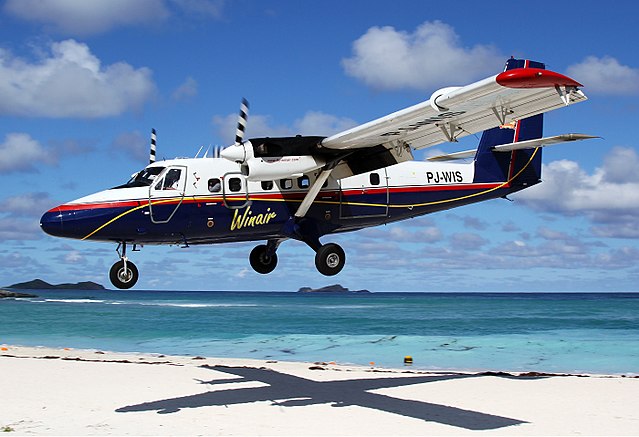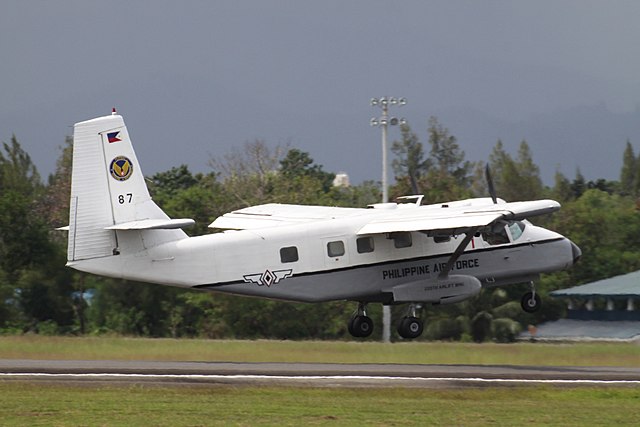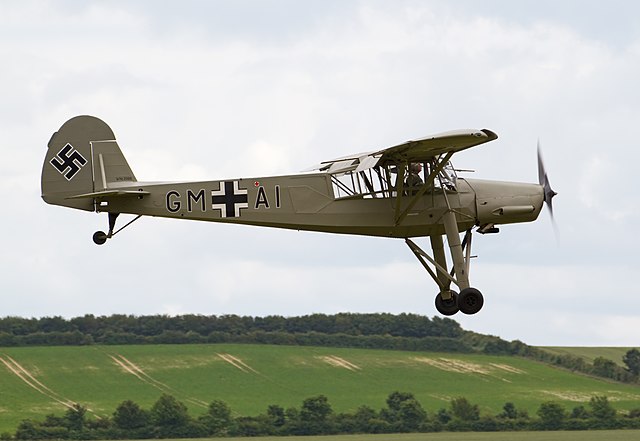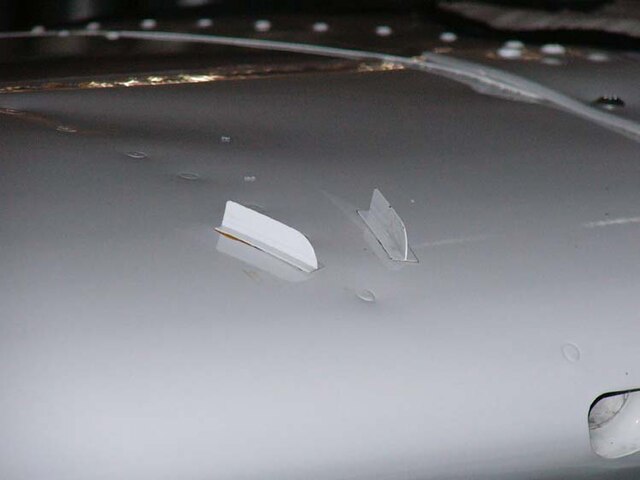De Havilland Canada DHC-6 Twin Otter
The de Havilland Canada DHC-6 Twin Otter is a Canadian STOL utility aircraft developed by de Havilland Canada in the mid-1960s and still in production today. De Havilland Canada produced it from 1965 to 1988; Viking Air purchased the type certificate, then restarted production in 2008 before re-adopting the DHC name in 2022. In 2023 DHC restarted production of the 300 series, in addition to the Series 400 produced by Viking. The aircraft's fixed tricycle undercarriage, STOL capabilities, twin turboprop engines and high rate of climb have made it a successful commuter airliner, typically seating 18–20 passengers, as well as a cargo and medical evacuation aircraft. In addition, the Twin Otter has been popular with commercial skydiving operations, and is used by the United States Army Parachute Team and the 98th Flying Training Squadron of the United States Air Force.
De Havilland Canada DHC-6 Twin Otter
Aerovías DAP DHC-6 Series 300 at Puerto Williams
A Twin Otter making a normal landing approach in Queensland
First flight of the Series 400 technical demonstrator by Viking Air at Victoria Airport, 1 October 2008
A short takeoff and landing (STOL) aircraft is a conventional fixed-wing aircraft that has short runway requirements for takeoff and landing. Many STOL-designed aircraft also feature various arrangements for use on airstrips with harsh conditions. STOL aircraft, including those used in scheduled passenger airline operations, have also been operated from STOLport airfields which feature short runways.
A Zenair CH 701 STOL light aircraft
GAF Nomad of the Philippine Air Force
Fieseler Storch with German Luftwaffe markings
Micro Dynamics vortex generators mounted on the wing of a Cessna 182K








